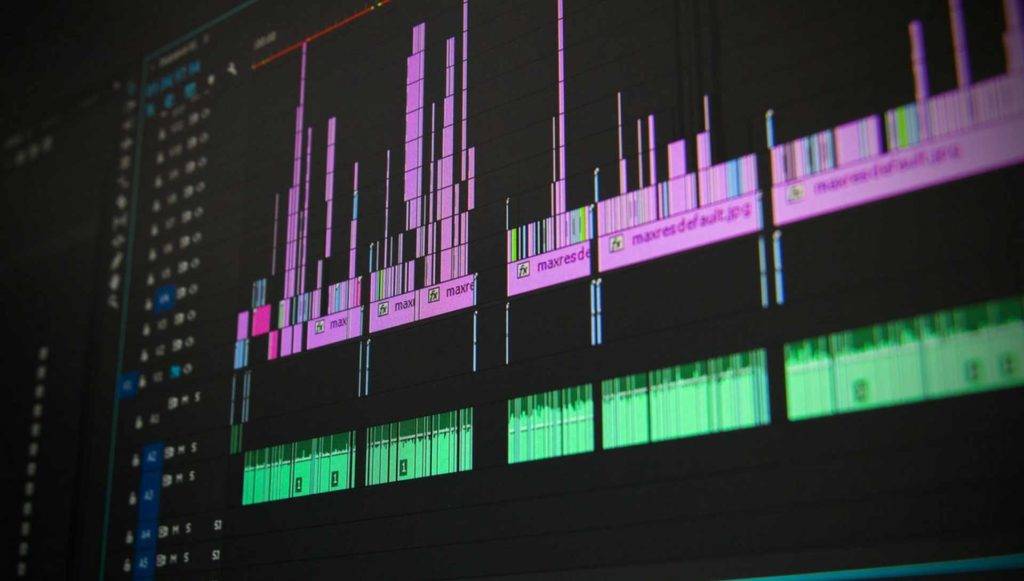
Every time we start with the module on mixing, our faculty is asked multiple questions about the mixing process.The most frequently asked question is how should one improve their mixing technique so that they can start putting out mixes that sound great. Even though students understand how to EQ and compress sounds, they can’t seem to tie the whole thing together in a mix. It was high time we put out a blog that addressed these problems. This post will help you figure out how you can improve your mixing skills.
Our faculty is often asked how one should improve their mixing technique so that they can start putting out mixes that sound great. This post will help you figure out how you can improve your mixing skills.
Ronak Runwal Tweet
All aspiring audio engineers go through this, Its part of the learning process. I agree it can be quite frustrating to spend hours sitting and EQing a drum sound just to find that it sounds completely different outside. A good mix engineer helps consolidate the producer’s vision and bring out their signature sound.
I have enumerated some of the reasons why this happens below. Furthermore, what aspiring mix engineers can do to fix these problems.
Step 1
Balance Balance Balance:
All of the mix engineers and faculty members who I have worked with over the years have stressed on this point. This is a important and highly underrated point. Lets break it down.
All songs have mainly 4 elements.
(i) Foundation
(ii) Lead
(iii) Rhythm
(iv) Harmonic Section (Pads)
Finding a balance between these elements is the first thing to look out for.
Furthermore, If you start off with a song that has too much bass/kick, its very easy to go down the rabbit hole and lose hours working on something that fundamentally off balance. When we begin our module on mixing, the first thing that our faculty teaches is what we call the art of balance.

Understand and practice the art of balance:
Try to find what emotion every balance brings out of the song.
For example: a song with a stronger/punchier/accented foundation will end up making the song feel more groovier/funkier. Moreover, if the Harmonic section like the pads of a song are louder the entire song will sound airier/spacier.A good initial step would be to play around with the faders. Don’t get into eqing or compression and try to attain a good mix with just this.
Step 2
Don't rely on the Visual Aspect:
I have seen a lot of my students try and bring in the visual sense when trying to mix. While it may seem like a quick solution, this method can be very deceiving and lead you to make errors. Furthermore, Don’t look at a visualizer or a frequency analyzer and cut the low frequencies. What you should do is trust your ears, and know that it’s okay to make these mistakes, since the whole point of learning to mix is to make these tiny mistakes and train your ear in the process. Soon you will start grasping the nuances of mixing. Such as the amount of eqing or compression needed in certain parts in order to bring out a certain sound.
For example: One of my students under compressed a sound because the GR meter showed -6db and he had read somewhere that one should not compress more than 6db. To sum up this tip, If the sound needs it, feel free to use it. Trust your sonic instincts.
Step 3
Don't Overdo Effects:
Its very easy to get carried away when using effects. Make sure that you don’t use too much reverb and/or delay in your tracks.
Try to use effects in such a way that they blend with the track and add to it rather than causing a distraction and diverting the listener’s attention towards the effect itself.
Besides, effects are great to create interest in a mix. Adding too much ends up taking away from the song itself.

Step 4
Define the Lead in your Mix:
Your job as a mix engineer is to direct the listeners attention through the song. In terms of focus, try to make the mix as clean as possible. Furthermore, at any point of time it should be clear to the listener what the focus element of the song is. It is widely accepted that a layman cant hear more than 2 ½ sounds. Balance and EQ your focus elements in such a way that they are sitting on top of the rest of the arrangement.
This will make the mix inherently sound good.
Step 5
Practice Consciously:
Finally, we approach the one step that has eluded most students. This tip is pretty obvious but also the most difficult one to execute. All aspiring mix engineers should practice consciously and mix with the perspective of how your mix will translate outside the studio.
Do this and you will find improvement after 10 more mixes, its very similar to learning an instrument or training.
Building a perspective when mixing takes time. Put in the time and you will get results.

Conclusion:
Mixing is a skill that is easy to learn but hard to master. Just like every other career opportunity in this vibrant field, you have to understand the fundamentals and apply them in practical scenarios. At the academy, we try and encourage students to go out there and take up projects that will challenge them.
Get in touch!
If you guys have another other questions you would like to shoot at me, just shoot me a mail at ronak@gray-spark.com.
Exclusive


